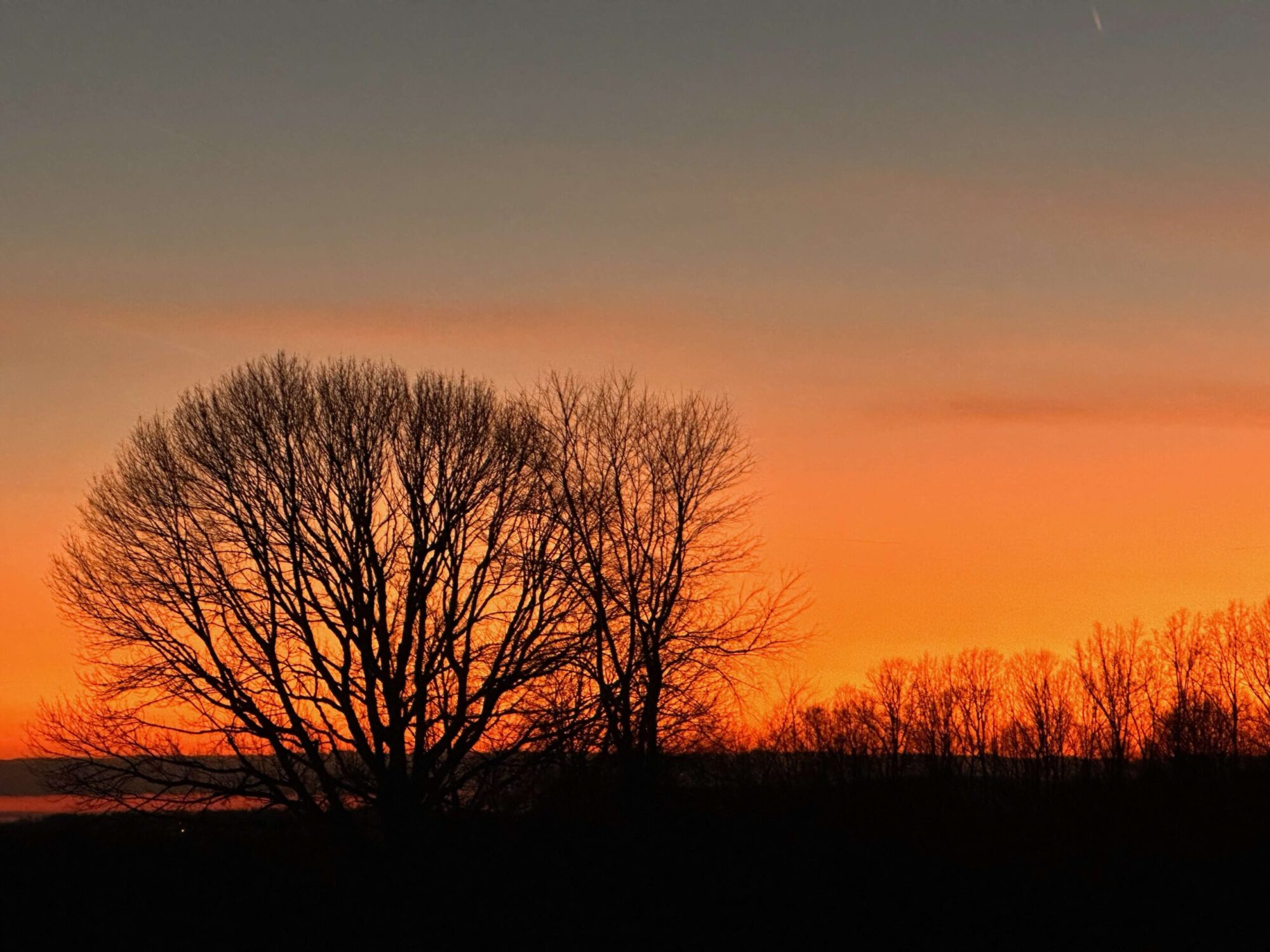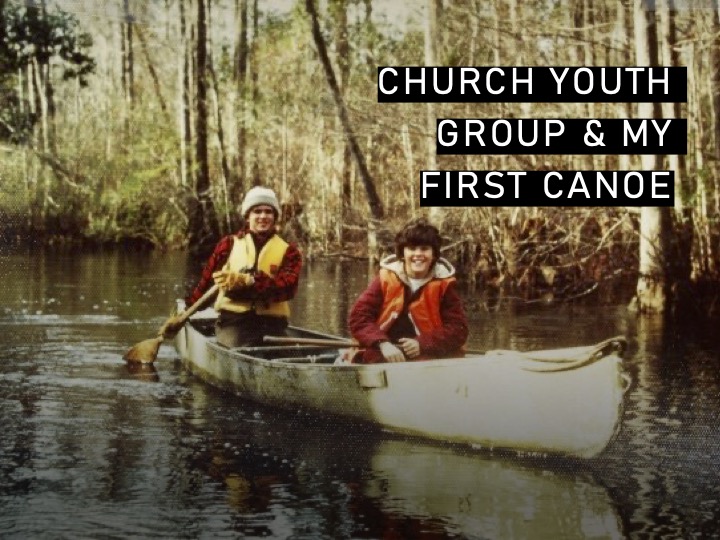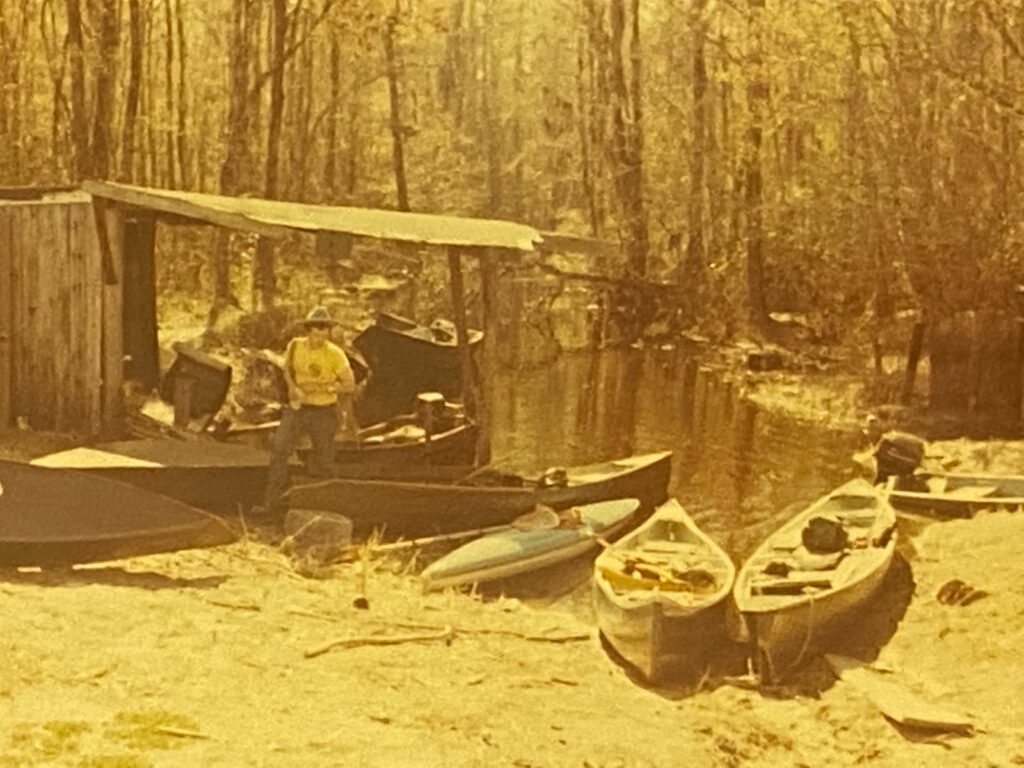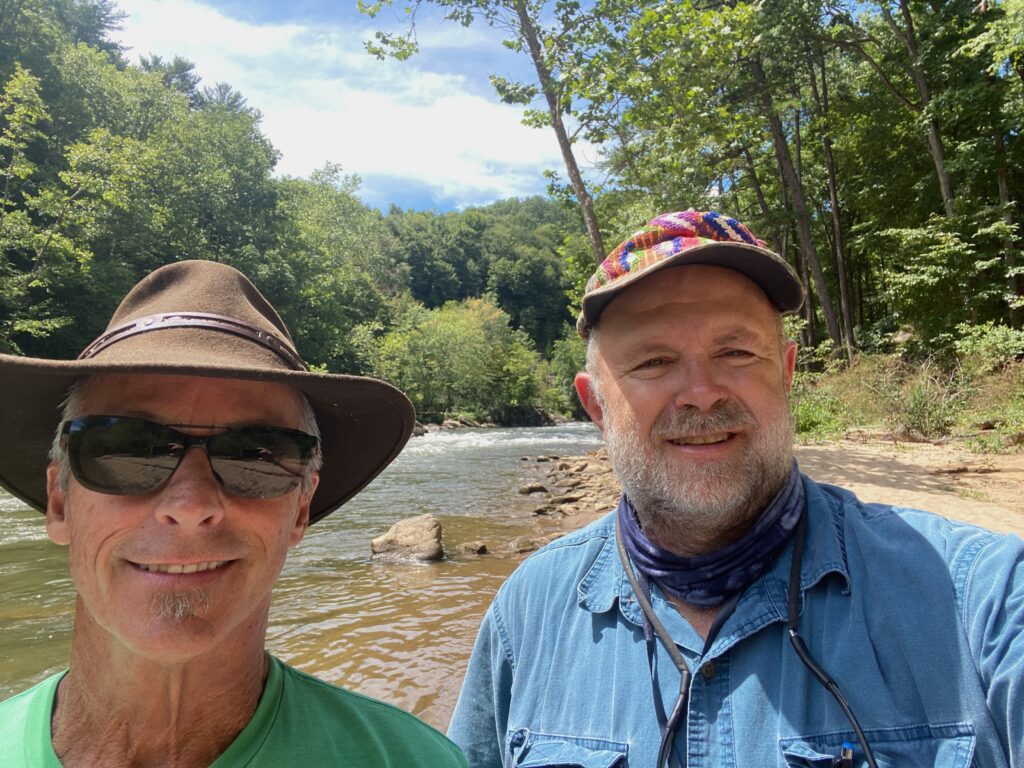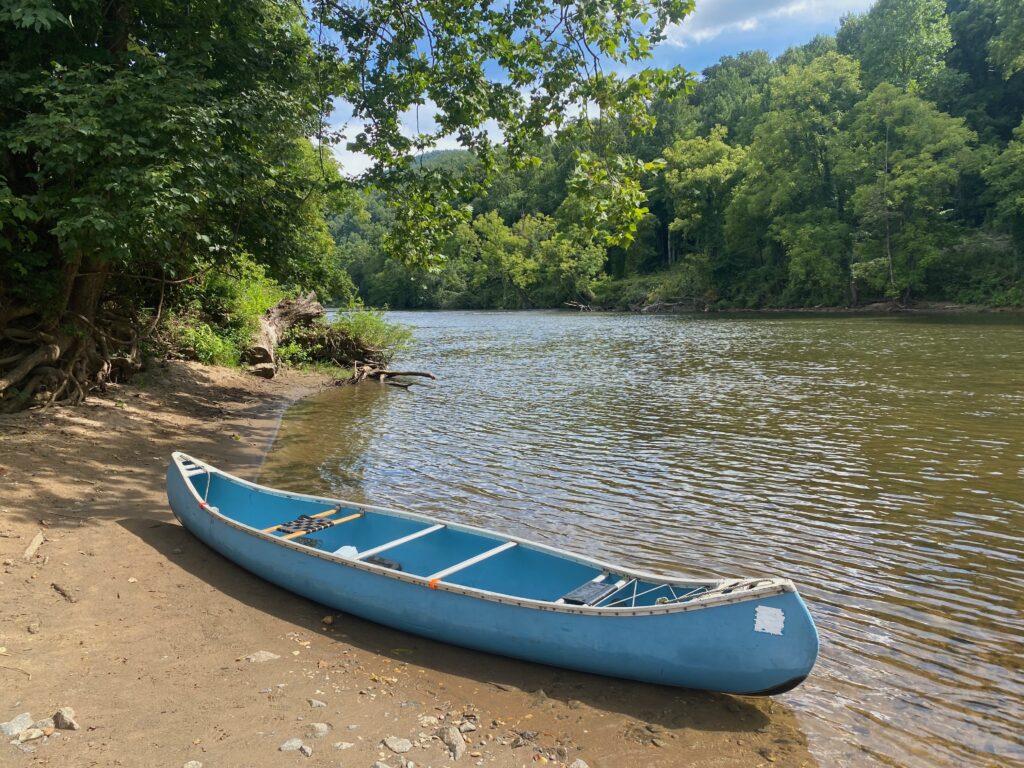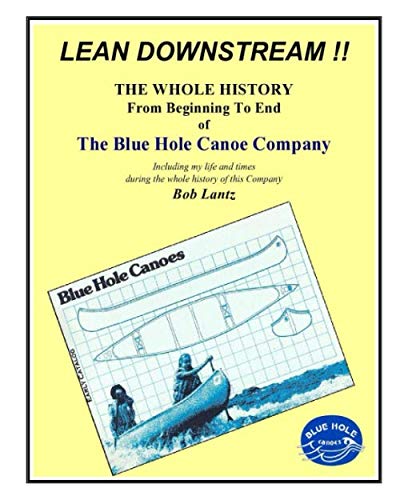Buck and Nancy advised Cape Fear Presbyterian Church’s youth group during my senior high years. Buck, after a stint as a Marine Corps officer in Vietnam, taught high school biology. Nancy taught elementary school. Young and full of energy, they helped form a small but tight-knit group. One of my fond memories was spending a weekend painting the youth room. The cinder block walls were painted, each block a different color: green, blue, and yellow. These ran in diagonal strips up the walls. Then we outlined each block, painting the mortar black. When done, we had created a psychedelic show piece. It was very 70s! By the time I graduated from college, the youth who were then in the group had painted over our masterpiece.
But the best highlight of my time with our youth group was spending a weekend at Camp Kirkwood, a Presbyterian camp between Burgaw and Wallace, North Carolina. These trips also included a day-long canoe trip on the Black River. By my junior year in high school, I was paddling my own canoe!
The water was high and fast that late winter day in 1973, on our first river trip. When we reached a bend in the river, water continue to flow straight, cutting through the swampy side of the river. This made it difficult to navigate by canoe as the water attempted to push the boats out of the main channel and into the swamps. We struggled and paddled hard, especially at the bends and in the shoots through blow downs, where the force of water threatened to push us into trees that had fallen into the river. Buck and Nancy paddled up and down the line of canoes, offering suggestions and encouragement, trying to keep everyone together and dry.
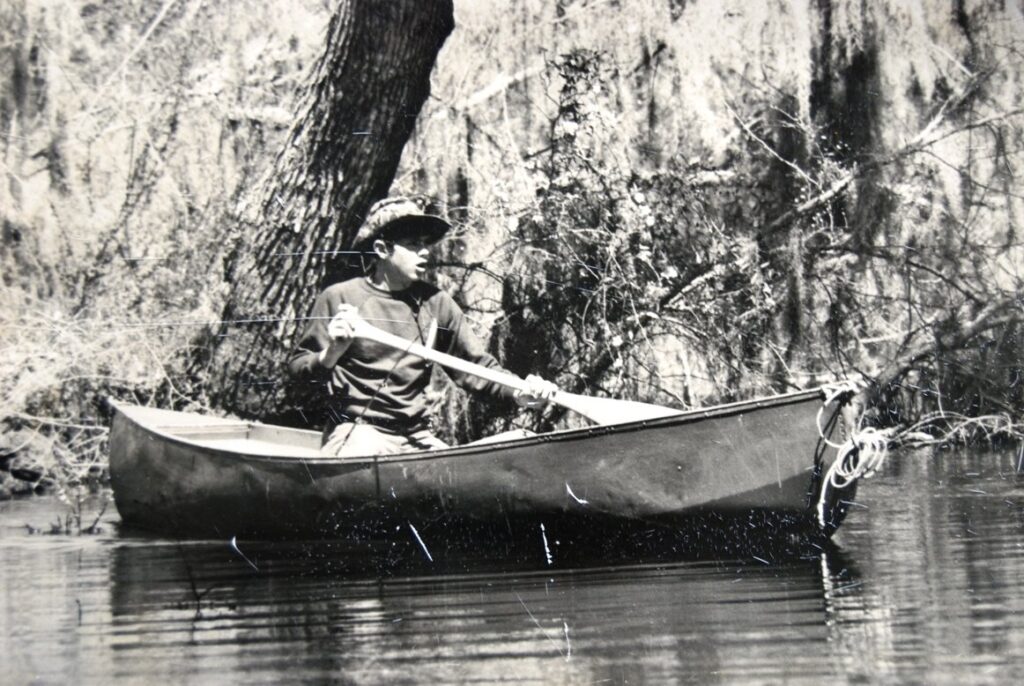
Most of the canoes had two paddlers, but a couple of boats had three. One of these was a boat with Marge and Rosa in the bow and stern with Billy sitting on the floor in the middle. Billy always marched to his own drum. At one point, Buck was yelling for everyone to stop. Billy, thinking he would be helpful, reached up and grabbed a branch of a tree to hold the boat. His choice of branches wasn’t the best. He picked a rotted one, that broke off and fell across the canoe. Luckily, they didn’t capsize. Seeing this large branch straddle the canoe, like out-riggers, gave us all a laugh.
At lunch, on a high bluff overlooking a bend in the river, clouds began to come in and the temperature cooled. Buck hurried us on, saying we might be getting some rain. But it never did rain that day and by mid-afternoon, we were pulling our canoes out and loading them on the trailer for the trip back to Camp Kirkwood.
This was my first river canoe trip. I’d paddled a canoe on a lake at scout camp, but there was something about the river where every bend held new possibilities. The Black River gets its name from the dark water that’s stained by the tannin acid from the cypress which grow in the swamps around the river. Although I didn’t know it at the time, we’d canoed through swamps that contained some of the oldest trees in the Eastern United States. One tree there is over 2400 years old. But that didn’t matter, I was hooked.
Not long after this trip, I began working at Wilson’s Supermarket (for the tread of my time at Wilson’s start with this post). I immediately started looking at canoes and saving some money. My dad suggested that before buying a new canoe I try to find a used one. We placed an ad in the classified section of the Star News. It was a simple advertisement, “Wanted: A Canoe” and included our phone number. A few days later, while at school, a man from Southport called and left me a message. I called him back. A day or two later, my father drove me over to look at his Grumman Canoe.
The man was moving and needed to sell it and offered it to me for $60. At this time, a new would have cost me nearly $350. I brought it and we tied it to the top of my father’s car and drove home, stopping along the way to buy paddles and life jackets.
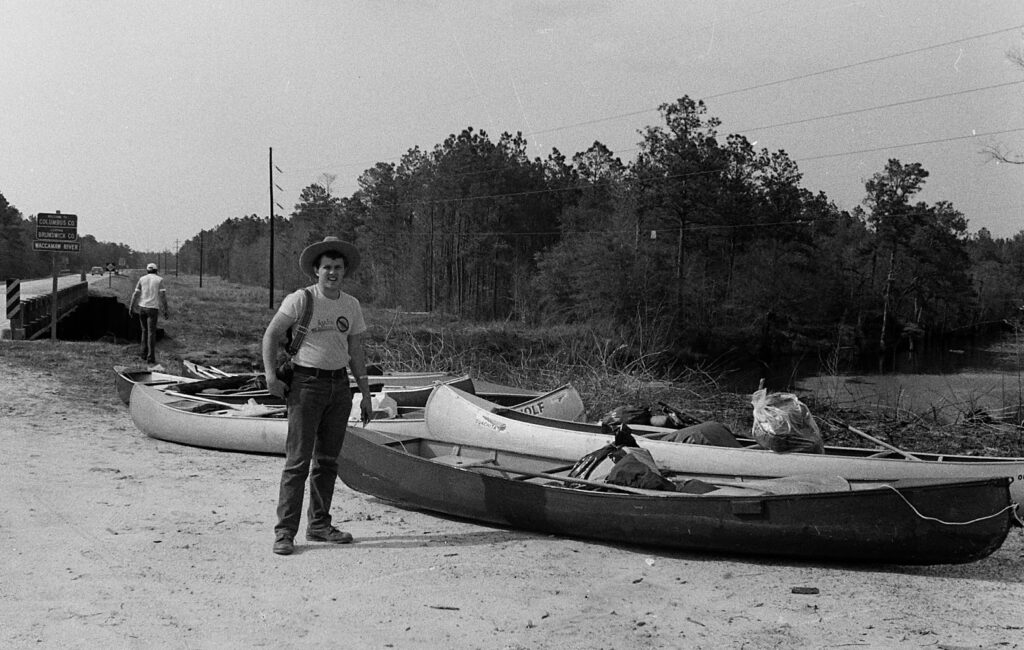
Over the next ten years, I got more than my money’s worth out of the canoe. That $60 investment was the best I’ve ever made as it provided me over a decade of explorations all over North Carolina, and into Tennessee and Virginia. But mostly I used it to paddle the black water swamps of Eastern North Carolina. In addition to the Black River, I paddled the upper part of the Northeast Cape Fear River, the South River, Colly Creek, the Waccamaw River, Town Creek, Lockwood Folly, Holly Shelter Creek, among others.
I was heartbroken in 1985. I came home from the National Jamboree of the Boy Scouts of America to discover that during my absence, someone stole my canoe. It had it out behind the garage but had unlocked it to mow. I forgot to lock it back, so the thieves didn’t even have to bring bolt cutters. Thanks to the “replacement cost rider” on my insurance (along with a decade of high inflation) I was paid significantly more than what I’d originally paid for the canoe. I upgraded to a Mad River Explorer, the canoe I still have and which has been in waters all over the United States and deep into Canada.
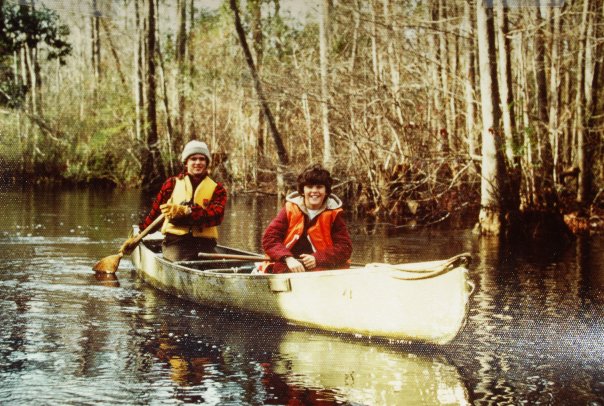
The Haw River (another story about my canoe)
Blue Hole Canoes (along with other stories of my canoeing)
